Combinatorial aspects of
flip-sorting and pop-stacked permutations
 This work is licensed under a Creative Commons
Attribution-NonCommercial-ShareAlike 4.0 International
License.
This work is licensed under a Creative Commons
Attribution-NonCommercial-ShareAlike 4.0 International
License.

Runs and Falls in Permutations
-
Permutation: bijective map $\sigma\colon [n] \to [n]$ -
Run / Fall: consecutive elements getting larger / smaller

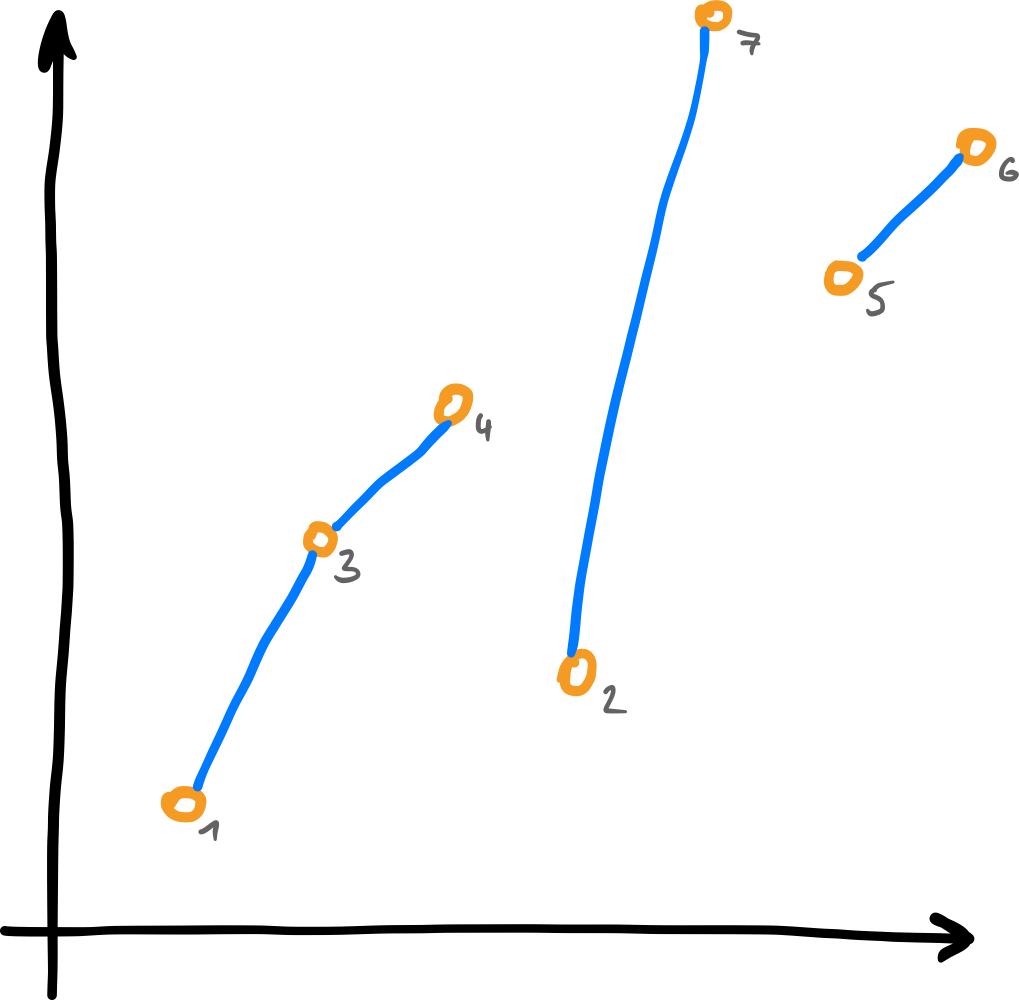

Flip-sort and the Pop-Stack Operator $T$
- $T$ ... reverse ("flip") all falls!
- Repeat until sorted!

$\sigma$
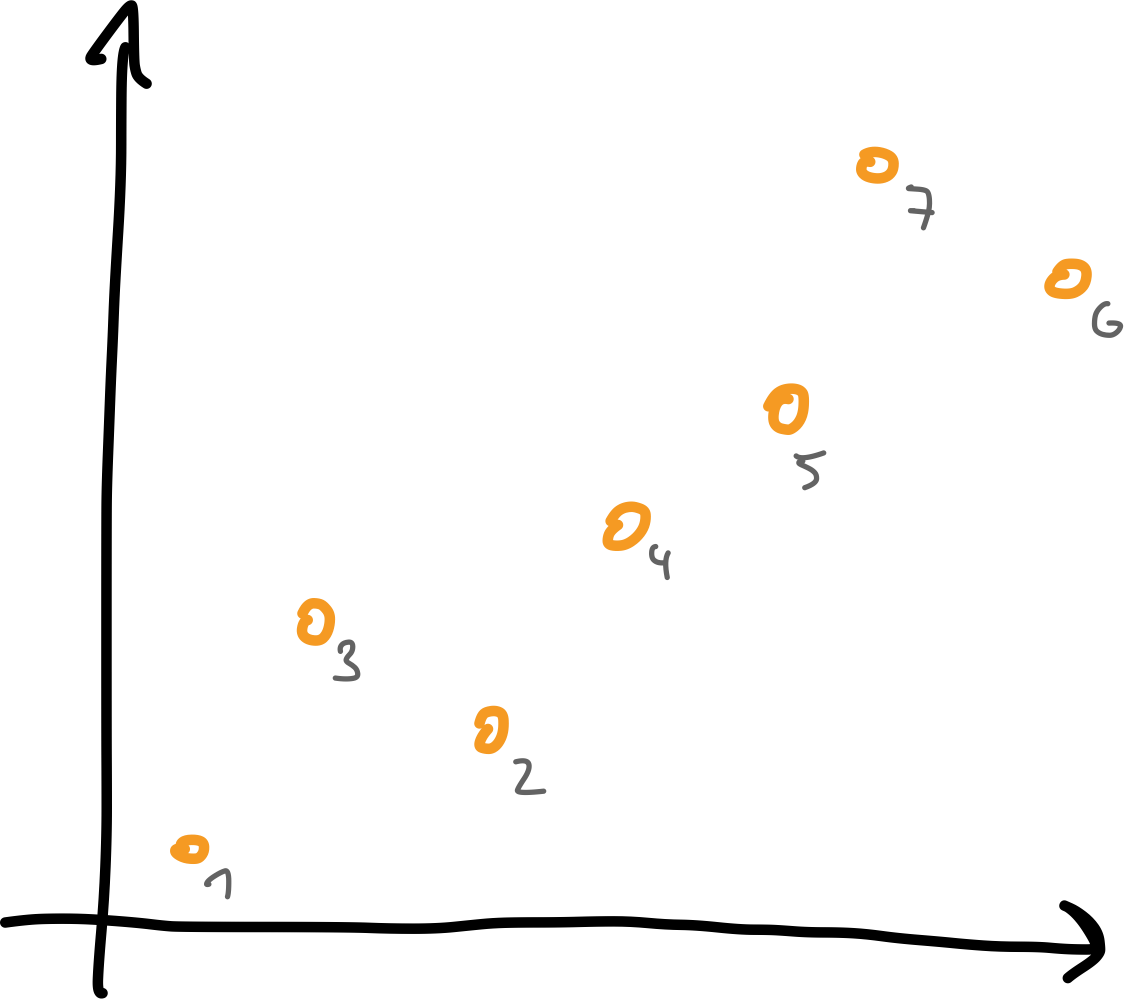
$T(\sigma)$
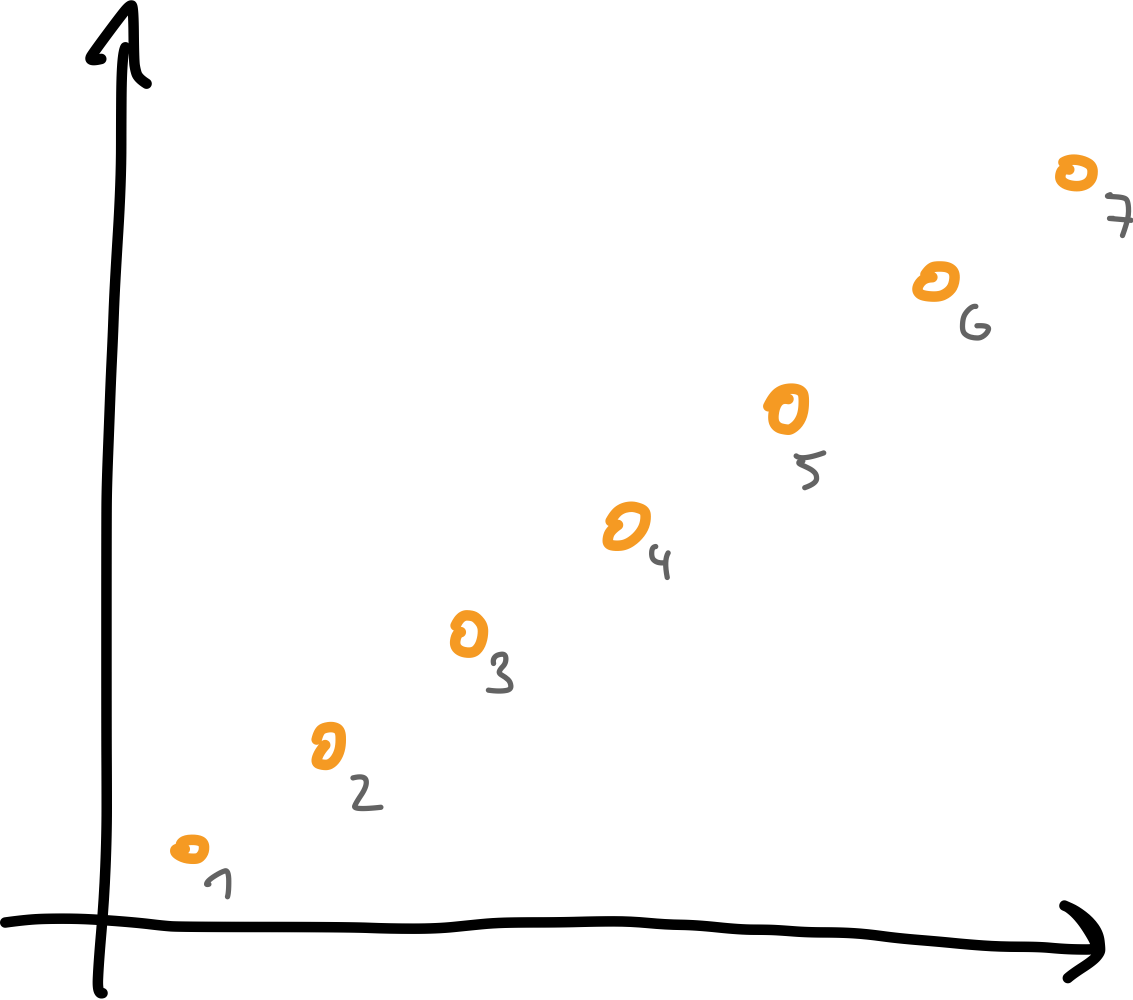
$T(T(\sigma))$
Why does it work?
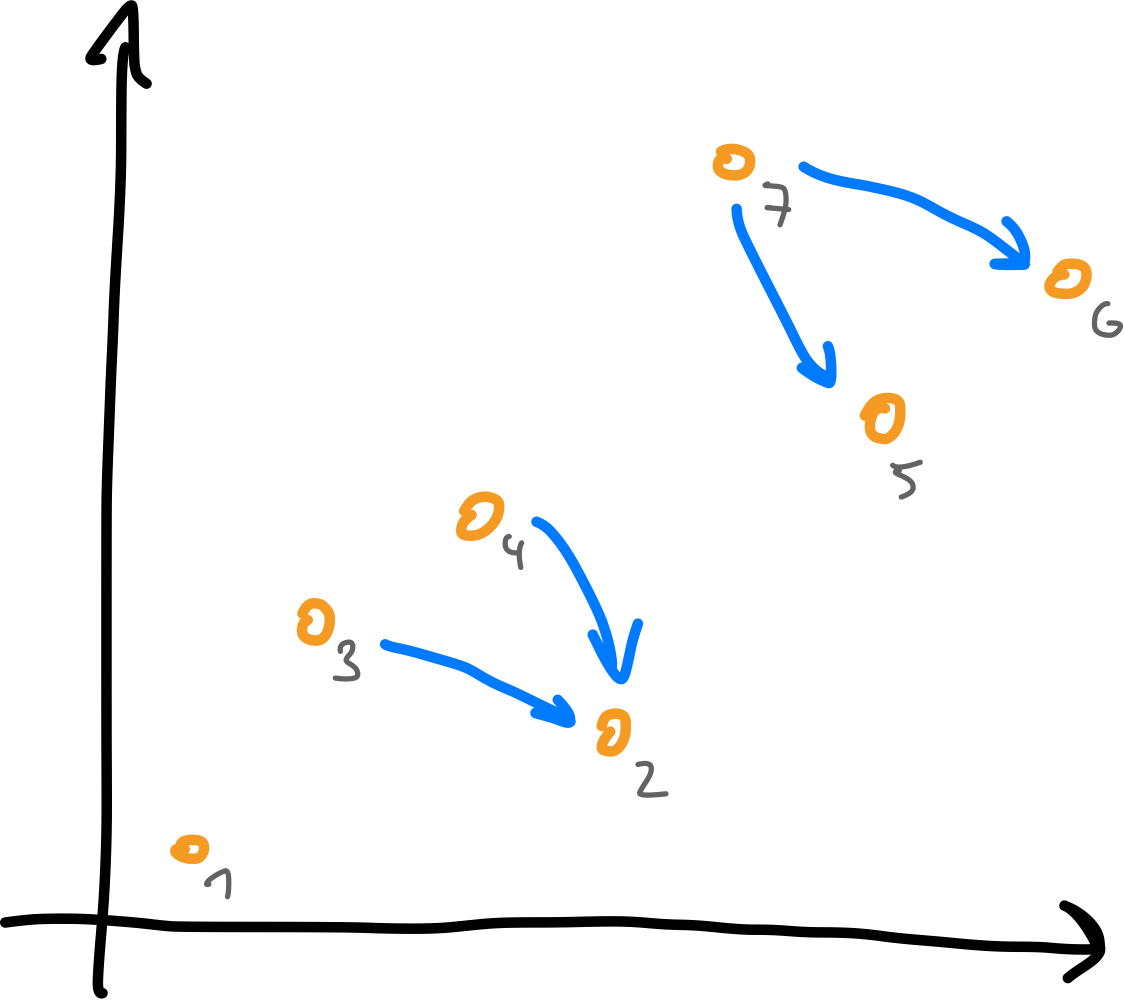
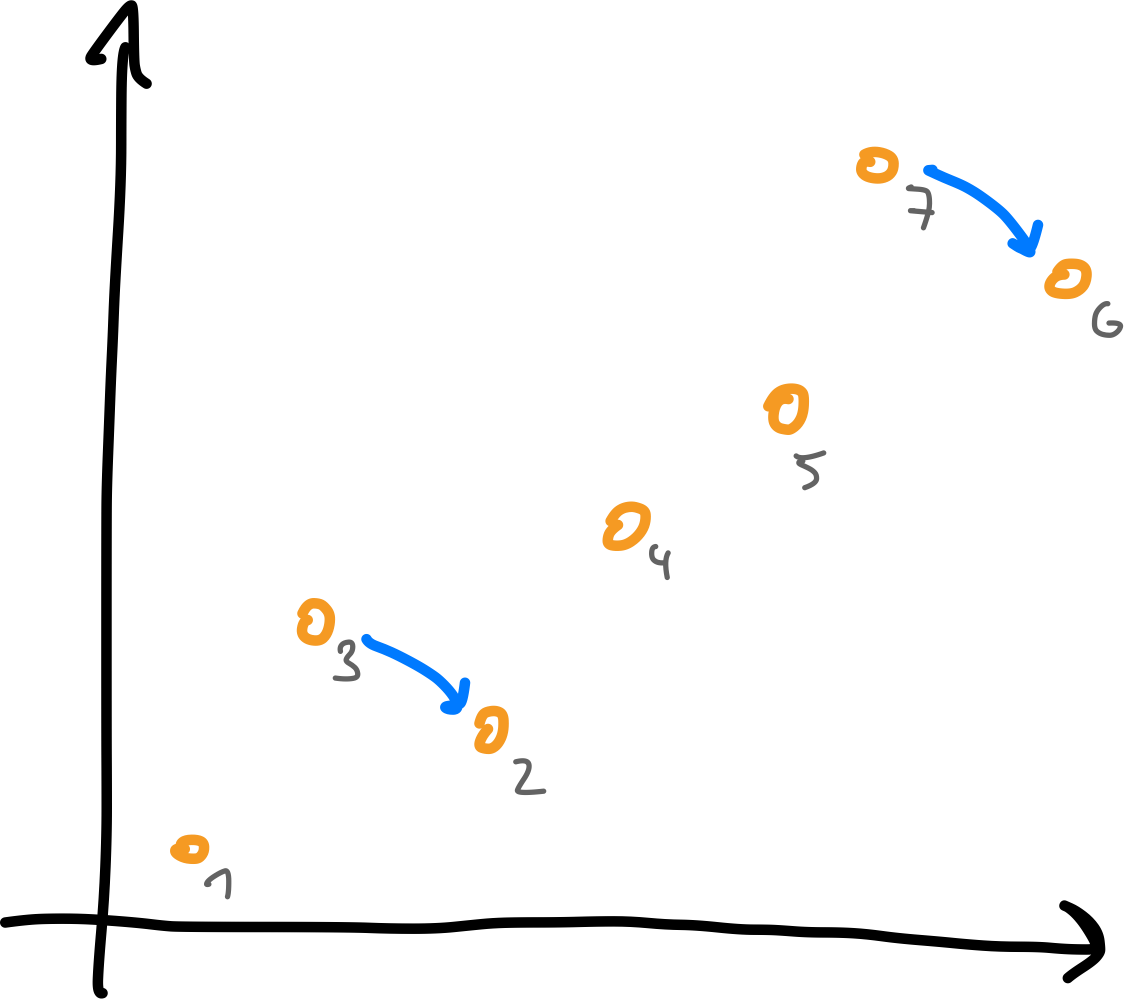
- Number of inversions is
strongly decreasing! - At most $\binom{n}{2}$ inversions $\Rightarrow$ sorted after $\leq \binom{n}{2}$ rounds.
Any permutation of $[n]$ is sorted after at most $n-1$ flip-rounds.
The Sorting Tree
- leaves/non-leaves
- close to root
- far away from root
The Sorting Tree
Pop-Stacked Permutations
A permutation is pop-stacked $\iff$ consecutive runs overlap

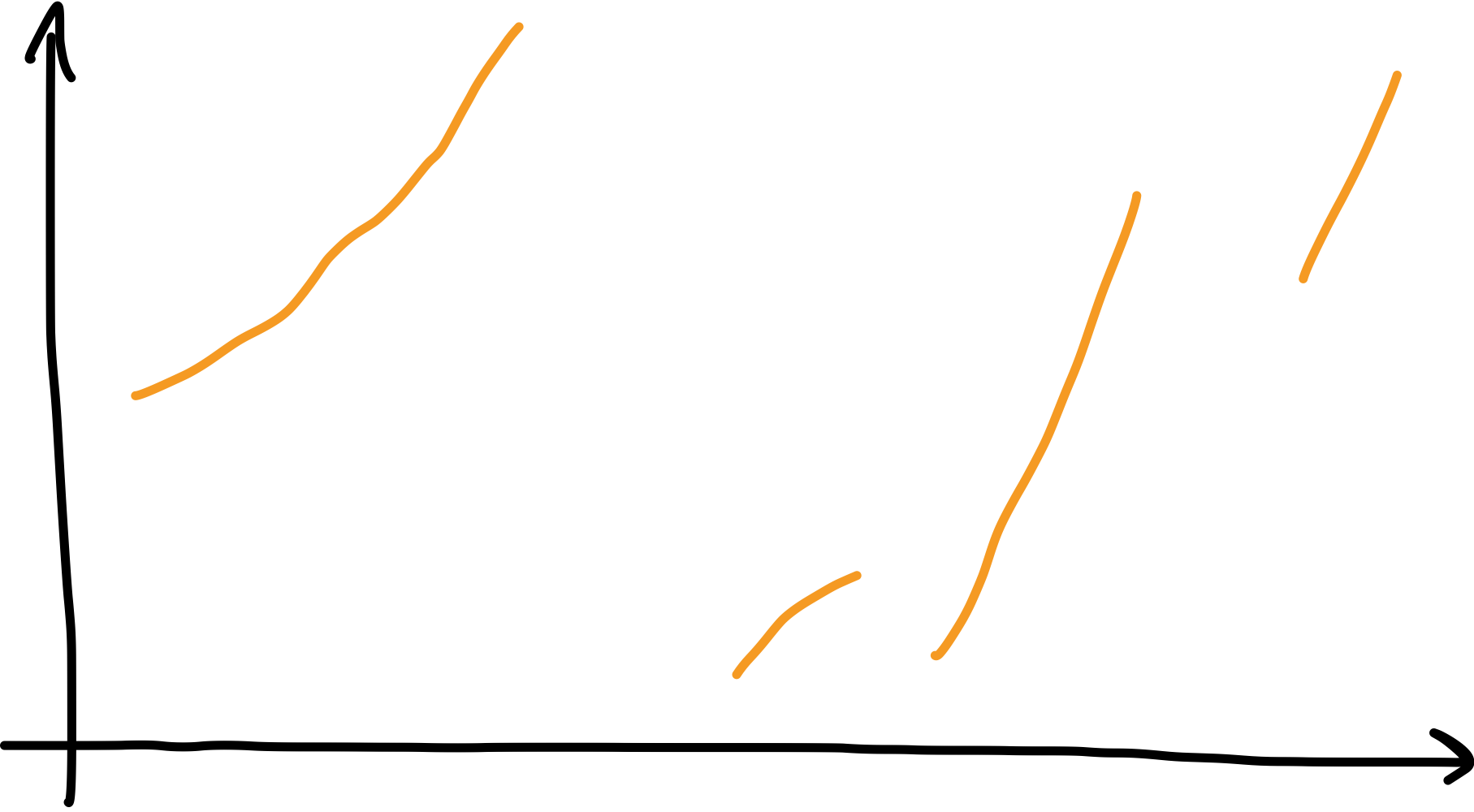
- If runs overlap: reverse-flip yields $\tau$ with $T(\tau) = \sigma$
- If no overlap: reverse-flip joins two falls $\rightsquigarrow$
Enumerating Pop-Stacked Permutations
1, 1, 3, 11, 49, 263, 1653, 11877, 95991, 862047, 8516221, 91782159, ...
- No success with guessing, no obvious recursive structure
- Try again, introduce new parameter for number of runs!
The number of pop-stacked permutations with $k$ runs is a $C$-finite sequence(satisfies a linear recurrence with constant coefficients / has a rational generating function).
Enumerating Pop-Stacked Permutations
The number of pop-stacked permutations with $k$ runs is a $C$-finite sequence(satisfies a linear recurrence with constant coefficients / has a rational generating function).
Enumerating Pop-Stacked Permutations
- Construct automaton recognizing $\cal{L}_k$!
- $\cal{L}_k$ is regular!
Enumerating Pop-Stacked Permutations
- $\cal{L}_k$ is regular!
Generating functions
- Can be extracted explicitly from automaton...
Determinants of symbolic matrices of automaton size $\Theta((2 + \sqrt{2})^k)$ involved! - ... or guessed from data, as GF is rational.
Enumerating Pop-Stacked Permutations
Generating functions
Efficient Enumeration
- New run of length 1 at end: $13|25|4 \rightsquigarrow 14|26|5|3$
- New run of length 2 at end: $13|24 \rightsquigarrow 14|35|26$
- New second-largest element in last run: $13|4|25 \rightsquigarrow 14|5|236$
- If last run is of length 1 or 2: delete it. Then relabel.
- Otherwise delete penultimate element. Then relabel.
Efficient Enumeration
- Pop-stacked permutations with $k$ runs by summing over $a$, $b$, $c$ in $p_{n, k; a, b, c}$ ...
- ... and all pop-stacked permutations via summation over $k$
In $\sim n^4/8$ operations requiring $\sim n^3/3$ memory.
Asymptotic Growth
The number of pop-stacked permutations of size $n$ grows superexponentially.
Intertwining two permutations gives a pop-stacked permutation:
$$\Rightarrow p_{2n} \geq (n!)^2$$
Asymptotic Growth
The number of pop-stacked permutations of size $n$ grows like \[ p_n \sim (0.695688...) \cdot (0.898118...)^n \cdot n! \] for $n\to\infty$, and the generating function is not holonomic.
Low-cost Permutations
- $T(\sigma) = \id$ if and only if $\sigma$ is layered(a direct sum of falls), [Avis–Newborn]
- Structural characterization of $2$-pop-stack-sortable permutations and bijection to polyominoes on a twisted cylinder, [Pudwell–Smith]
- For fixed $k$: generating function of $k$-pop-stack-sortable permutations is rational, [Claesson–Guðmundsson]
Low-cost Permutations
Pop-stacked $1$-pop-stack-sortable permutations are enumerated by the generating function
- there are two outer falls of length 1 or 2 $\rightsquigarrow (x + x^2)^2$
- and if all inner falls are of length 1, 2, or 3 $\rightsquigarrow \frac{1}{1 - (x + x^2 + x^3)}$
Low-cost Permutations
$a_{n,k} \dots$ # of 2-pop-stack-sortable permutations of size $n$ with $k$ ascents
- $\displaystyle \sum_{n,k \geq 0} a_{n,k} x^n y^k = \frac{x (1 + x^2 y)}{1 - x - xy - x^2 y - 2x^3 y^2}$
-
For fixed $k$:
$\displaystyle \sum_{n \geq 0} a_{2n+k+1,n+k} x^n = \sqrt{\frac{1 + x}{1 - 7x}} \left(\frac{1 - x - \sqrt{(1+x)(1-7x)}}{2x}\right)^k$
Low-cost Permutations
$a_{n,k} \dots$ # of 2-pop-stack-sortable permutations of size $n$ with $k$ ascents
- Use: 2-pop-stack-sortable $\iff$ adjacent falls $\max(F_i) \leq \min(F_{i+1}) + 1$
- Bijection of these permutations to two-colored lattice paths:
High-cost Permutations

Let $0\leq m\leq n-1$. If $\pi\in \operatorname{Im}(T^m)$, then $d(\pi) \leq n - 1 - m$.
High-cost Permutations
Let $0\leq m\leq n-1$. If $\pi\in \operatorname{Im}(T^m)$, then $d(\pi) \leq n - 1 - m$.
High-cost Permutations
Let $0\leq m\leq n-1$. If $\pi\in \operatorname{Im}(T^m)$, then $d(\pi) \leq n - 1 - m$.
High-cost Permutations
Permutation $\pi$ is
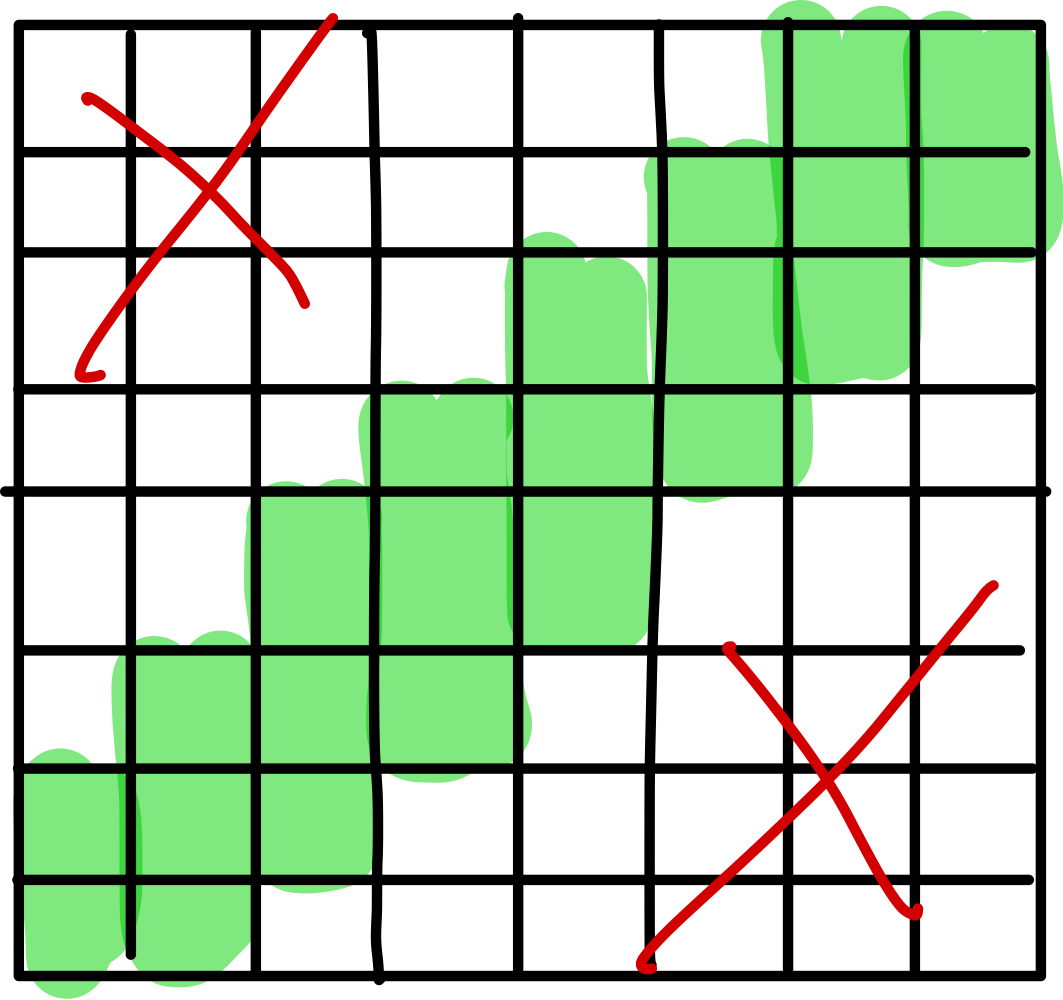
$\pi \in \operatorname{Im}(T^{n-2}) \iff {}$ $\pi$ is thin and has no inner runs of odd size.
There are $2^{n/2 - 1} + 2^{n/2} - 1$ and $2^{(n+1)/2} - 1$ such permutations for even and odd $n$, respectively.
High-cost Permutations
Via characterization of $\operatorname{Im}(T^{n-2})$:
skew-layered permutations without odd inner runs

- For even $n$, $\pi$ needs $n-1$ flips to be sorted.
- For odd $n$, if the middle element is also the center of a run or fall of size $\geq 3$, then $\pi$ needs $n-2$ flips. Otherwise it needs $n-1$ flips.